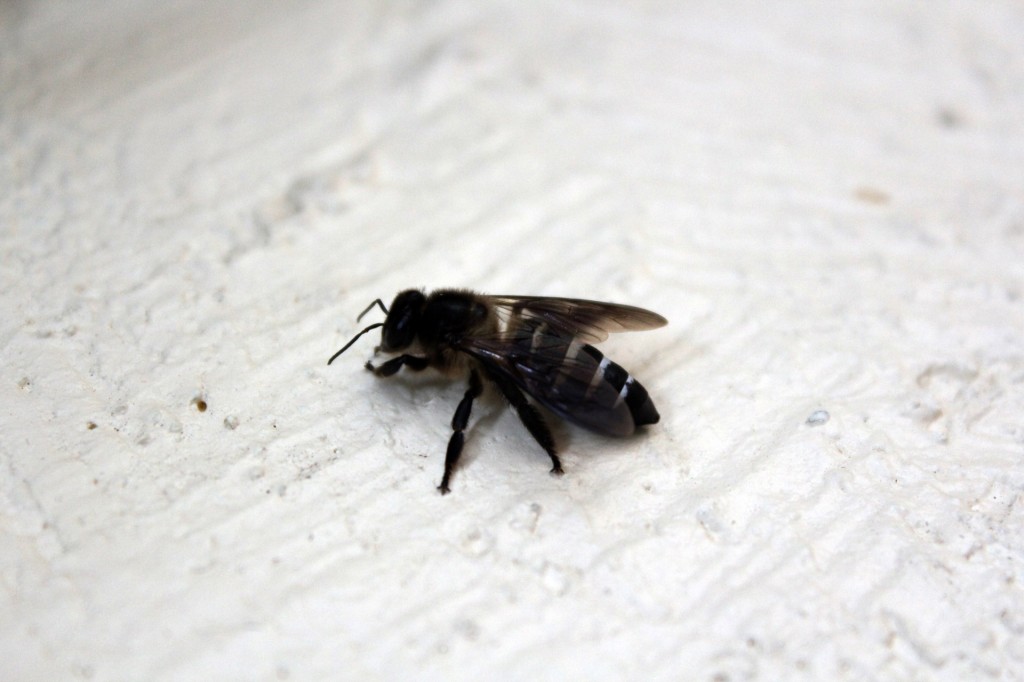How To Stop Carpenter Bees From Destroying Your Wood!
Carpenter Bees, Time to Treat For Spring
By, Kevin Cutlip
The destructive evidence of Carpenter Bees usually doesn’t show up for a few years, in untreated wood. Over several years, however, the bee’s returning visits will finally take their toll, especially in heavy infested lumber. The time to treat your decks, fences, siding is now.
It’s easy, at first, to know of the bee’s return. You see that bothersome bee at the front door or on the deck and he just won’t quit the annoying hovering around you. Well, that bee is Mama, and either she has found a spot, or is looking. Don’t confuse Carpenter Bees them with Bumble Bees. Bumble Bees live in ground nests, and look very similar.
This time of year, as the Sun is still climbing higher, the female is looking for a southwest facing home for her eggs because the sun keeps the wood warm. That’s where you look to treat mostly. She will bore on the underside of the wood, and then turn left continuing to bore in. As she lays eggs, there is a pulp dam put in place between each egg. Some hatch the same season, others are dormant until next year. The bees will return to the same place each year. The tell tale signs are small piles of sawdust below the bore hole. Just find the pile and look under the next board up; about the size of a pencil.
There are insecticides on the market that are specific for wood boring bees, but any chemical that is labeled for termites also works. The treatment for these bees should be applied on those SW facing boards first, and then on the underside. You will see the bees hovering for a few weeks, so be prepared to treat the wood again. Some of these chemicals, you can spray in active holes and then pound a cork in the hole. . There are several styles of traps as well, so you may consider this option if you don’t want to use chemicals. The main chore for the next few weeks is to inspect the suspected area for more sawdust piles.
Male bees cannot sting, but females can, though they are mostly just menacing and hovering in your face because you are near their nest. This is another sign for you to look in that particular area.










